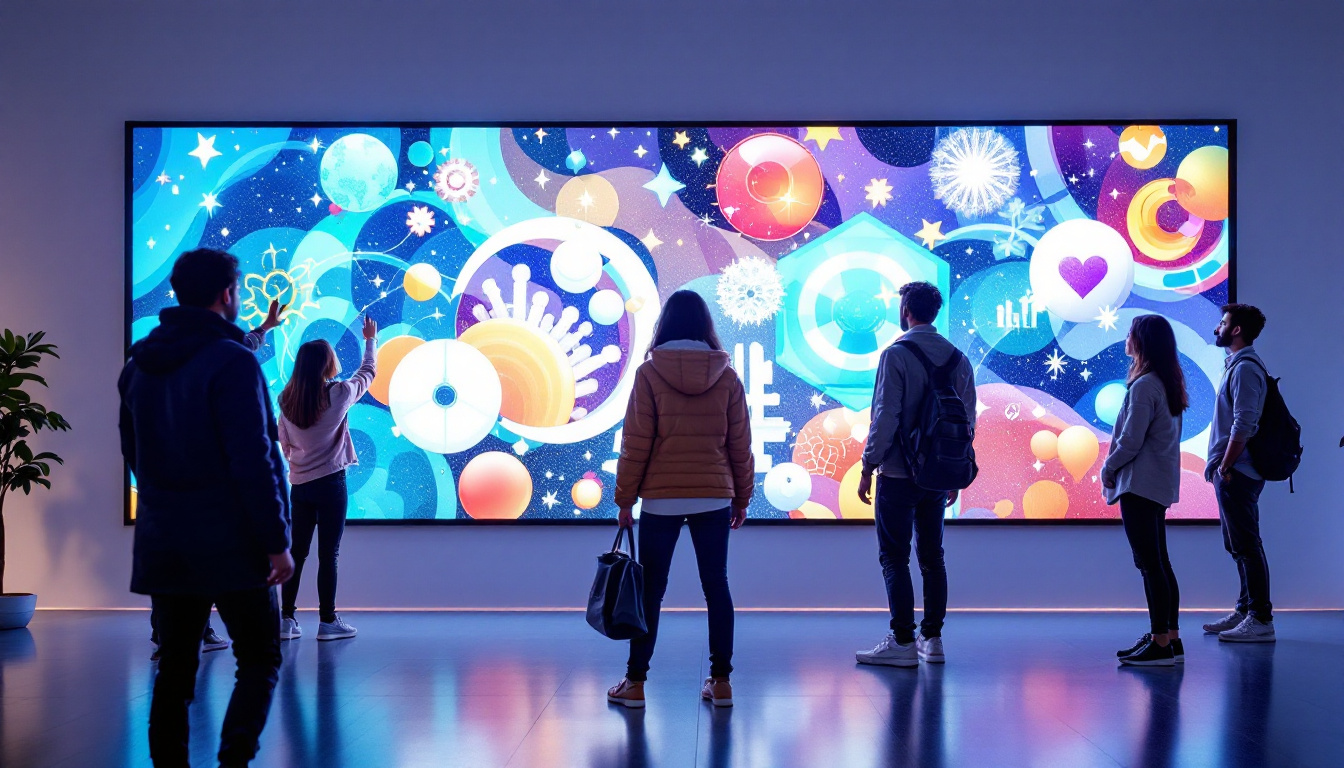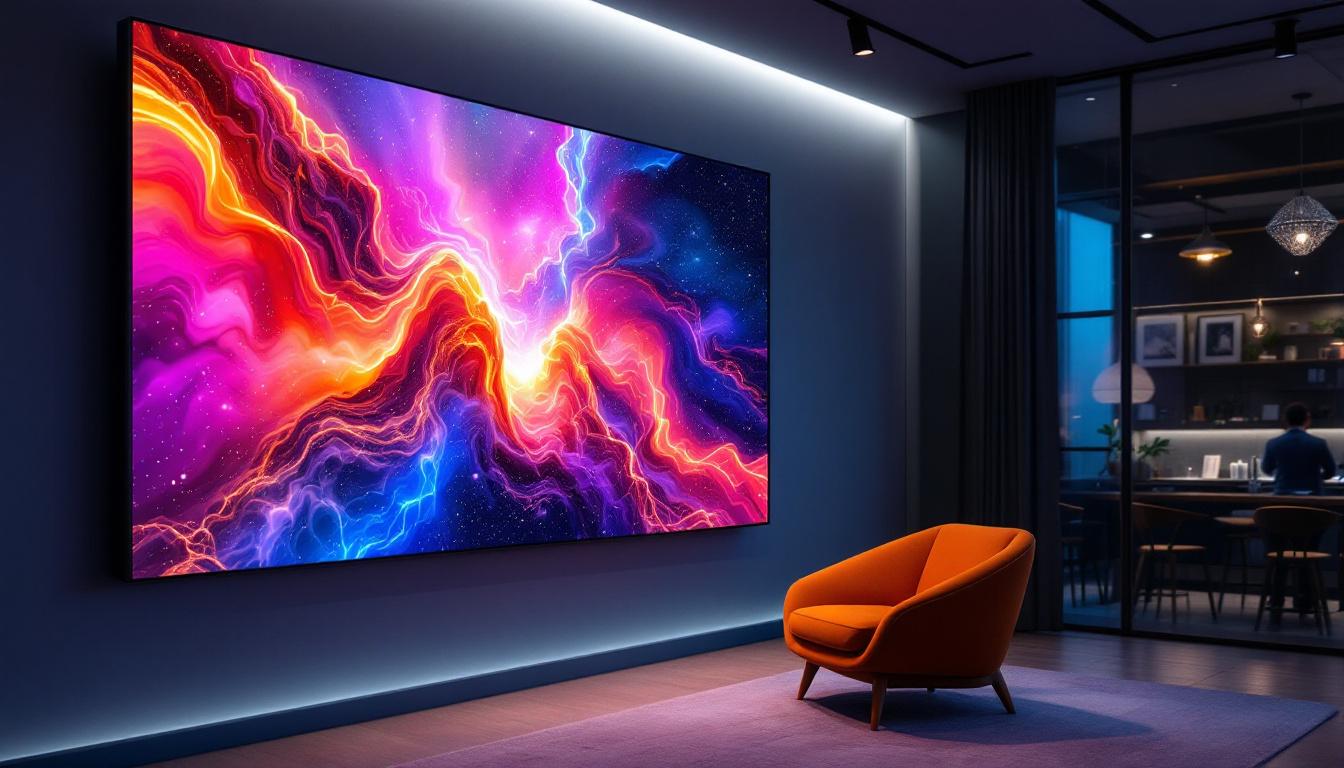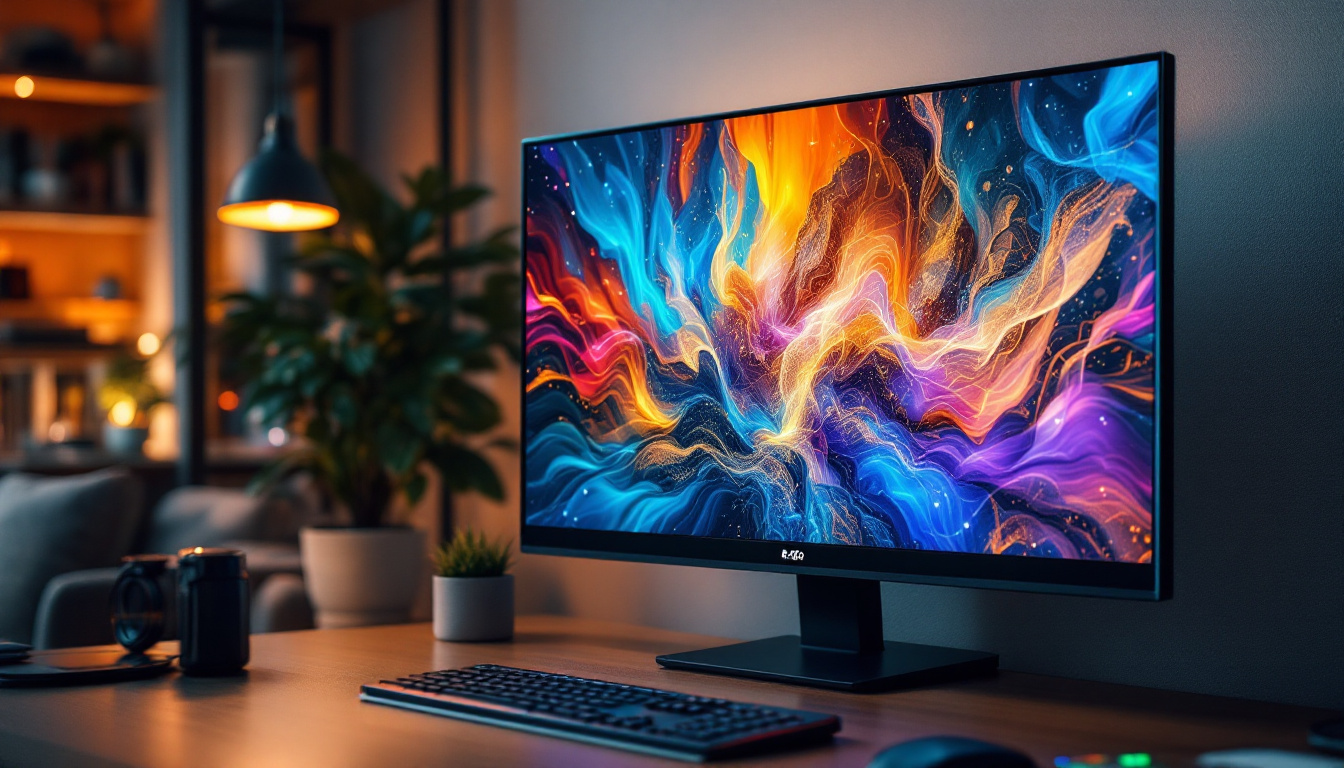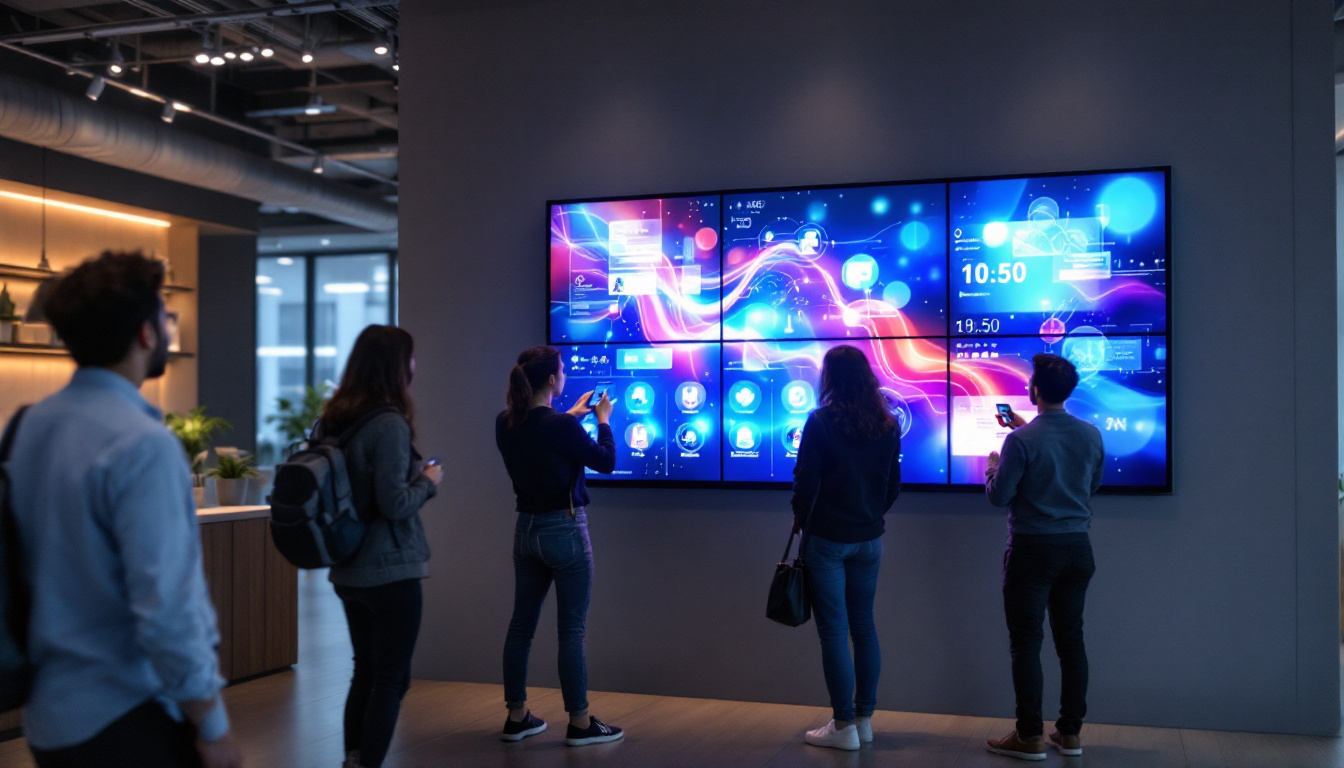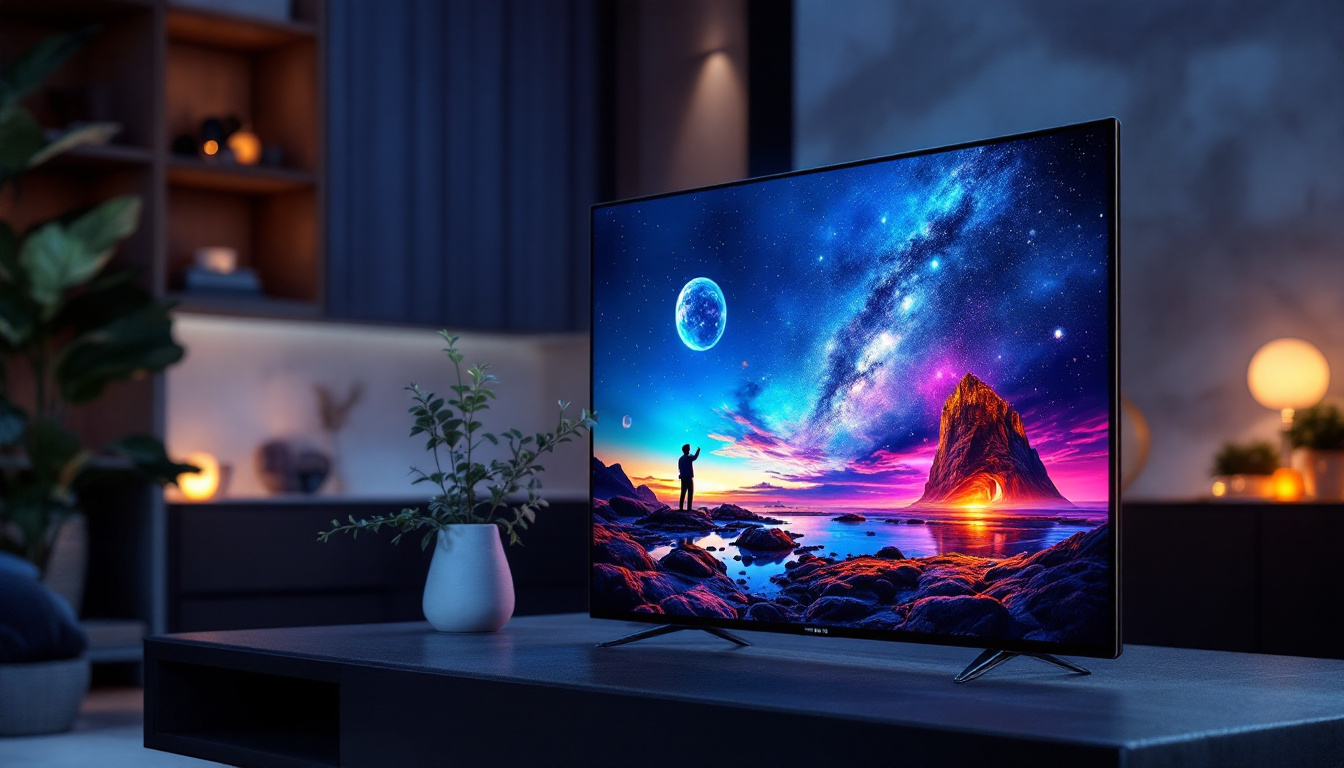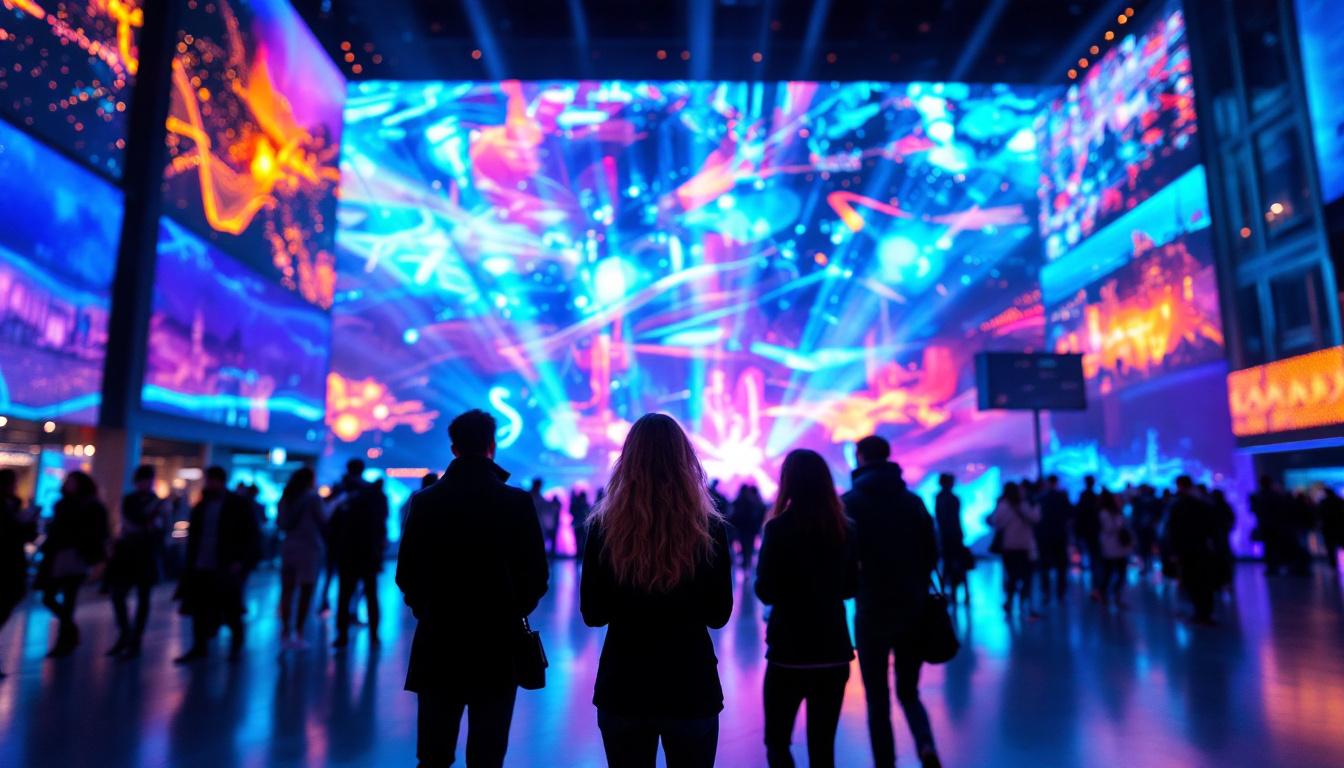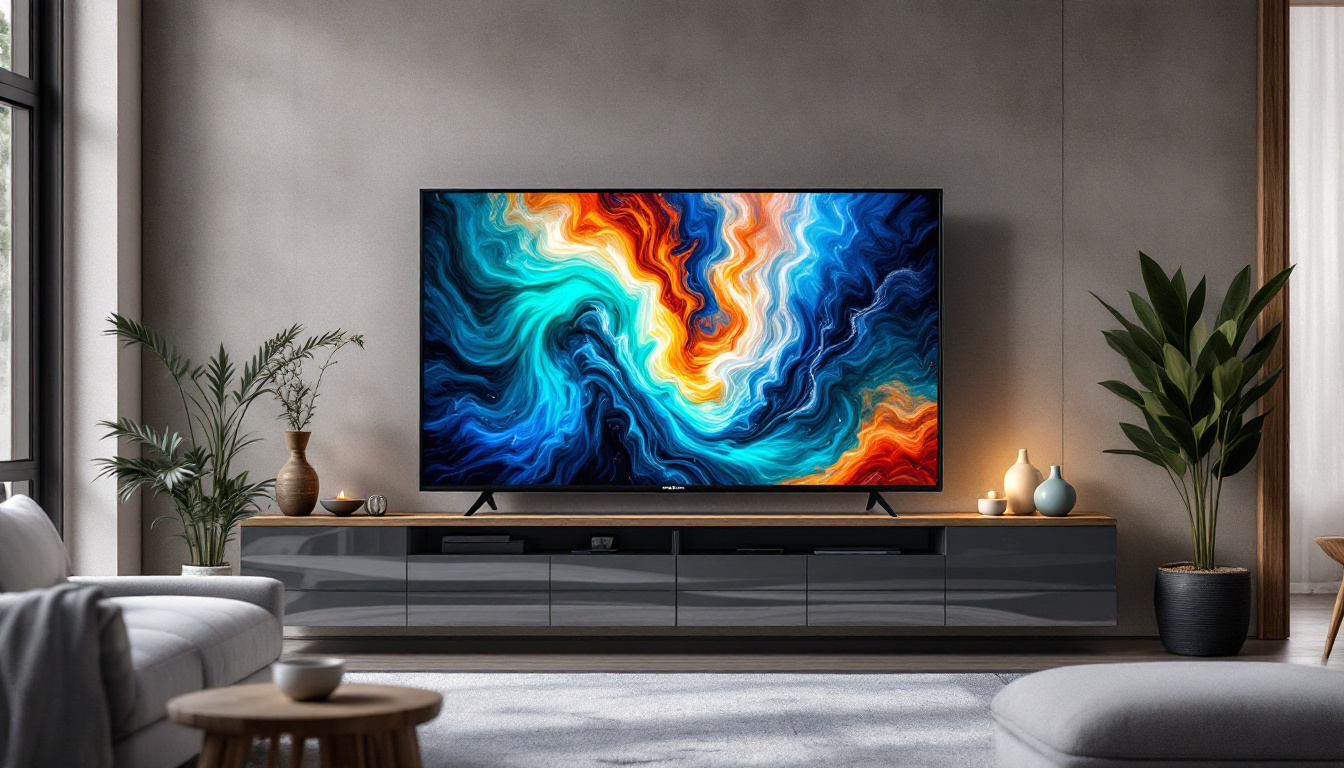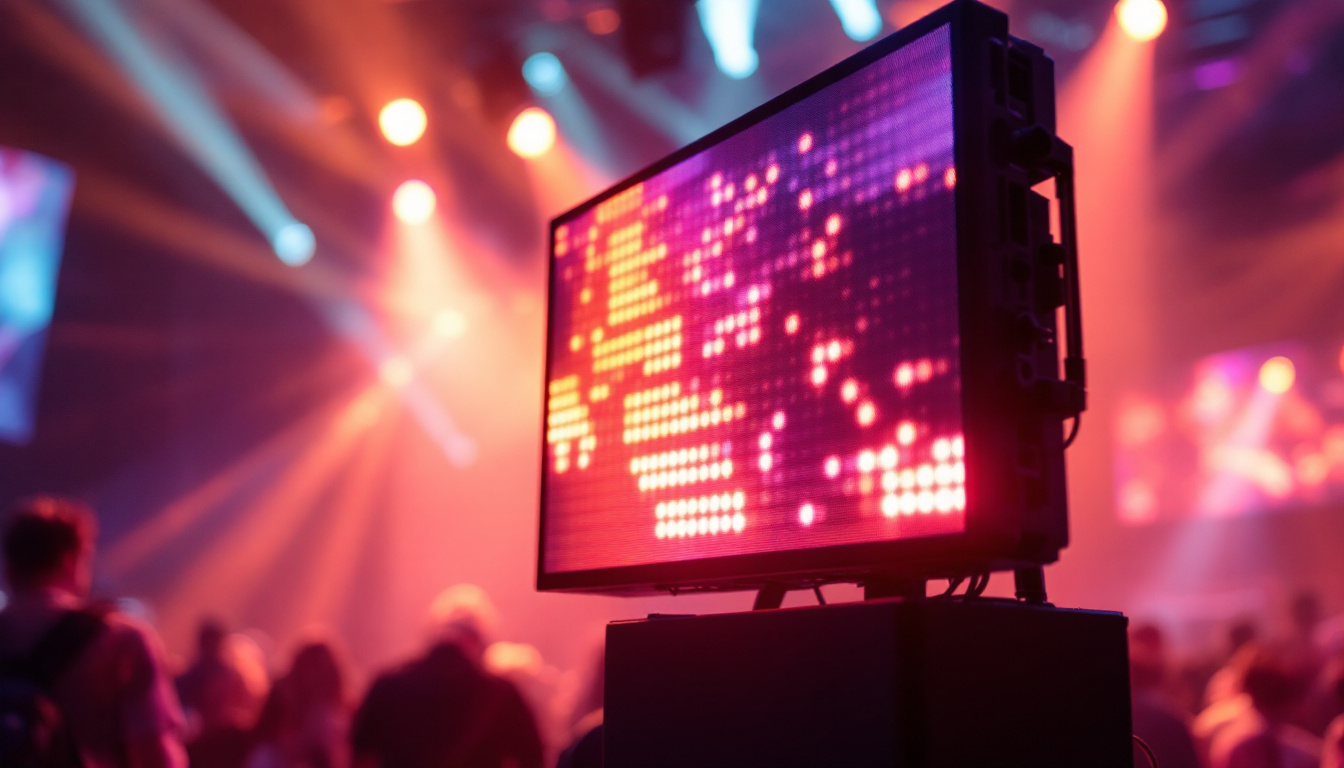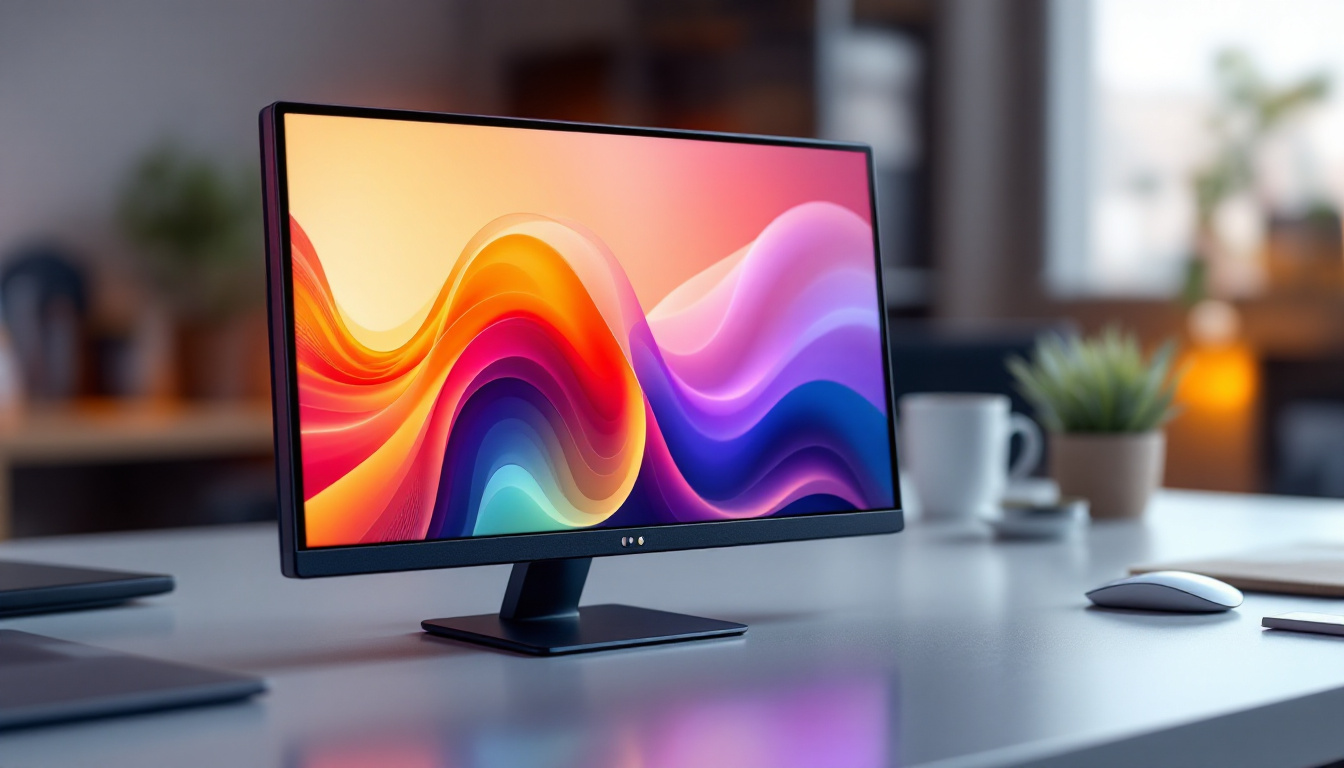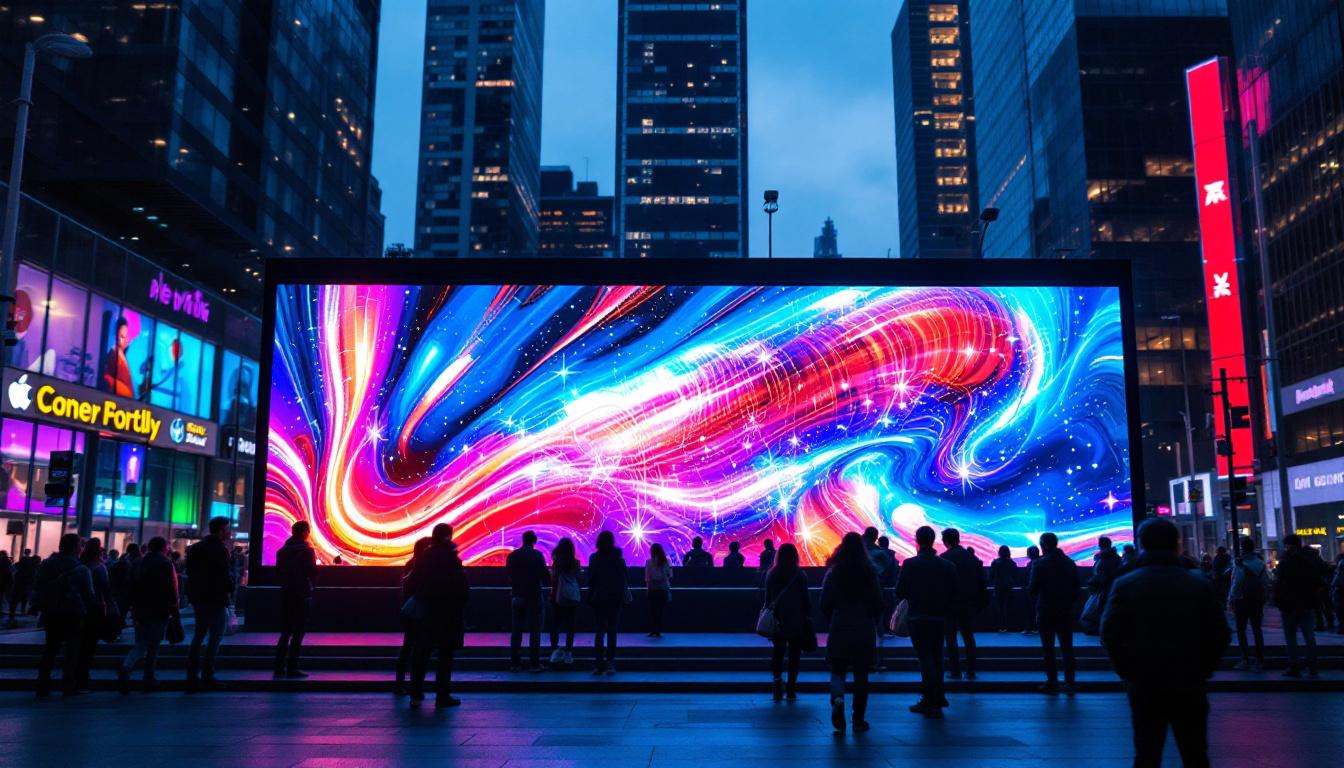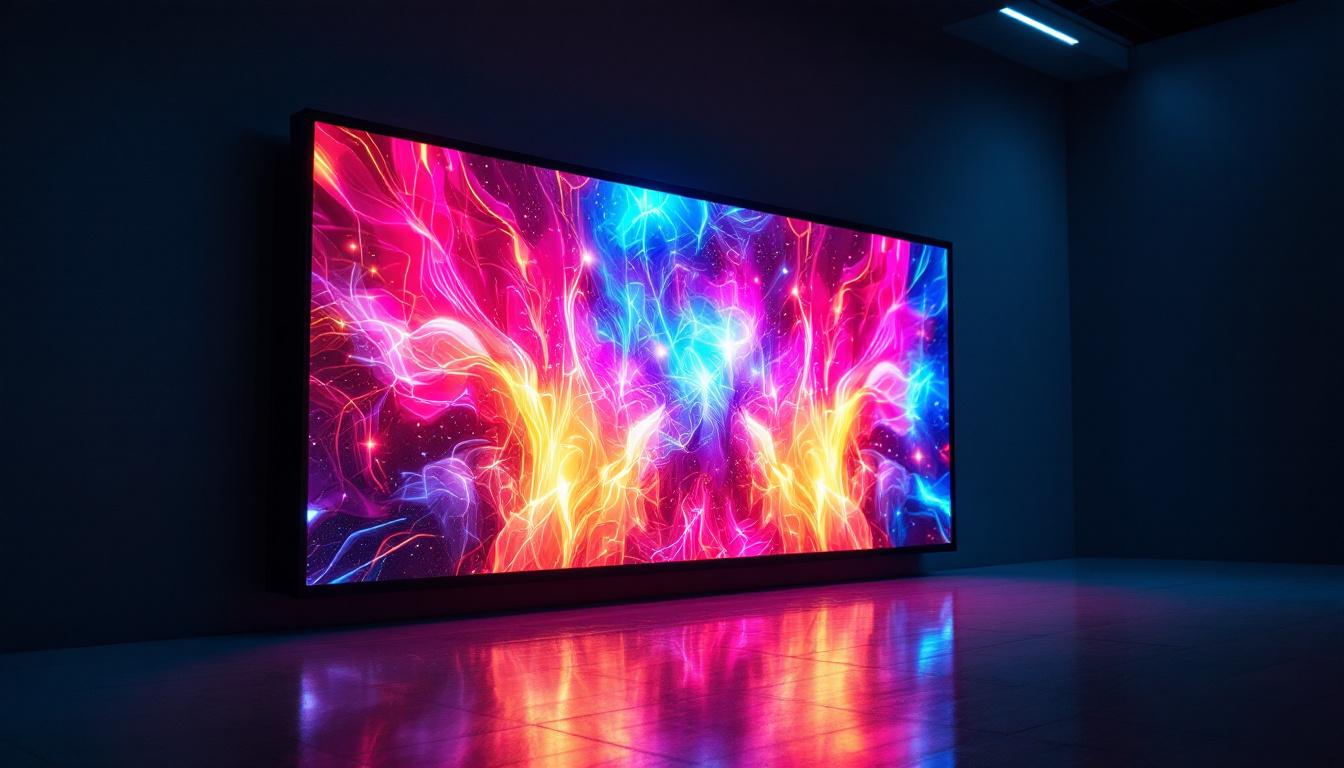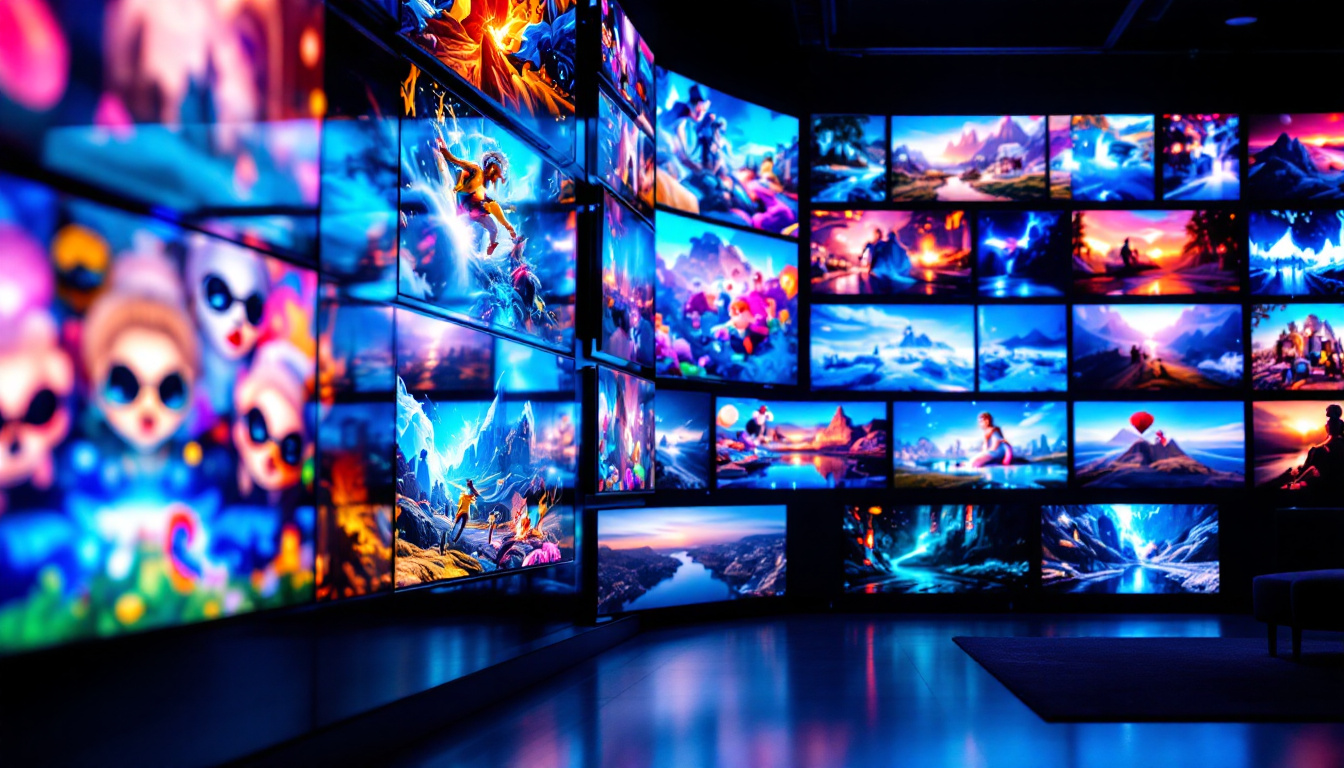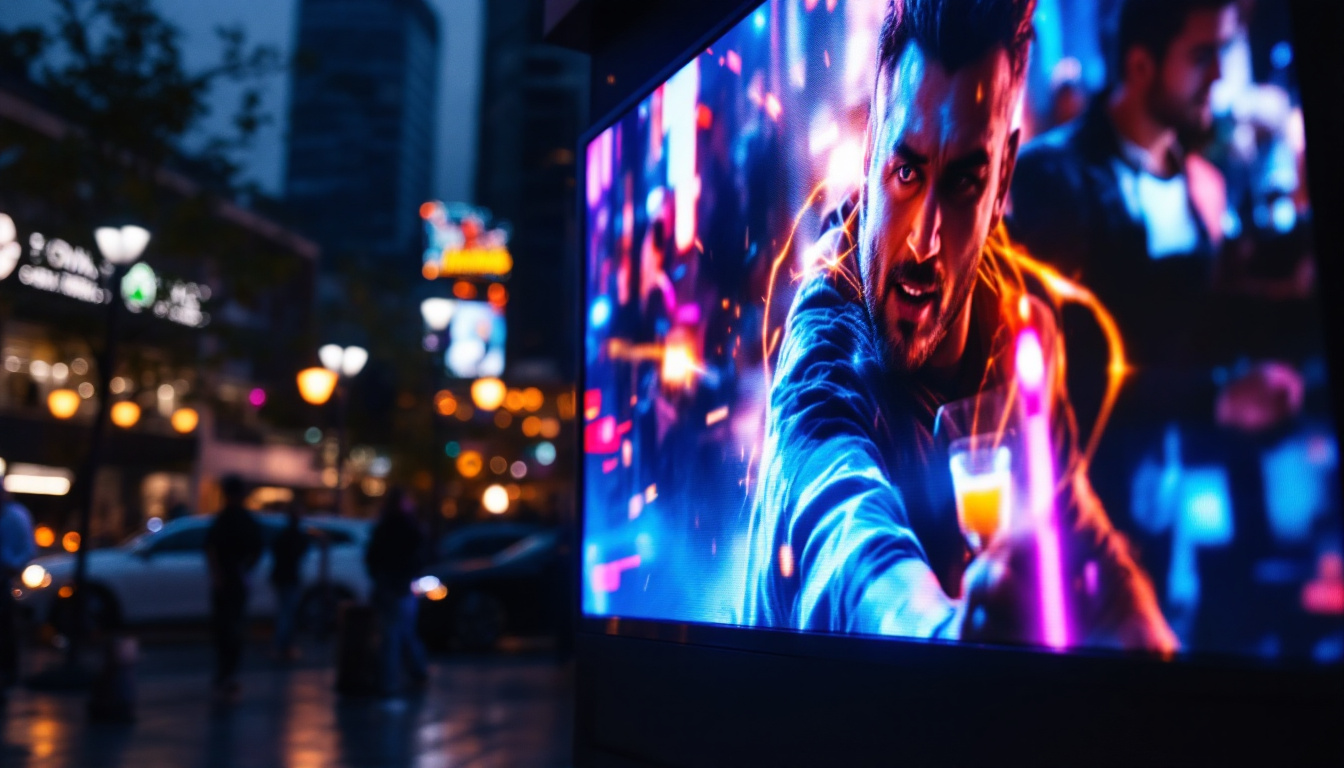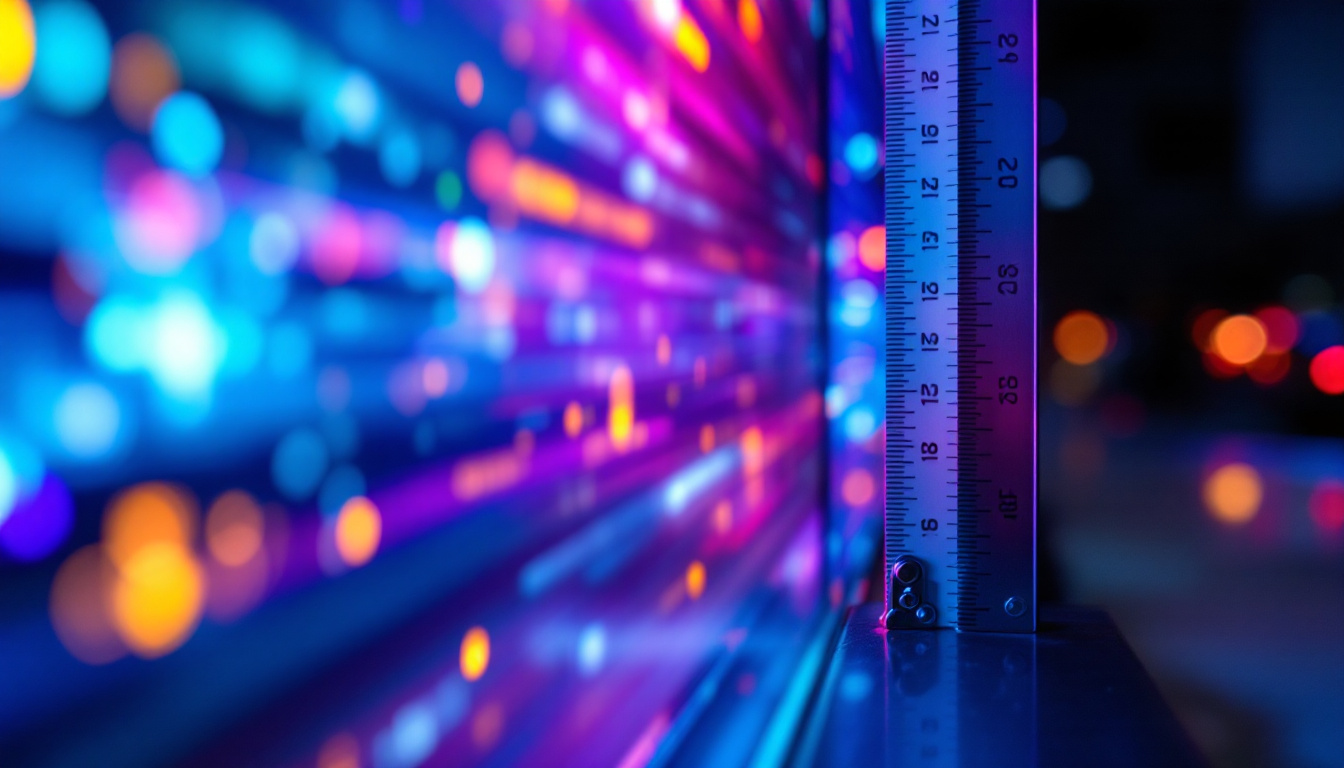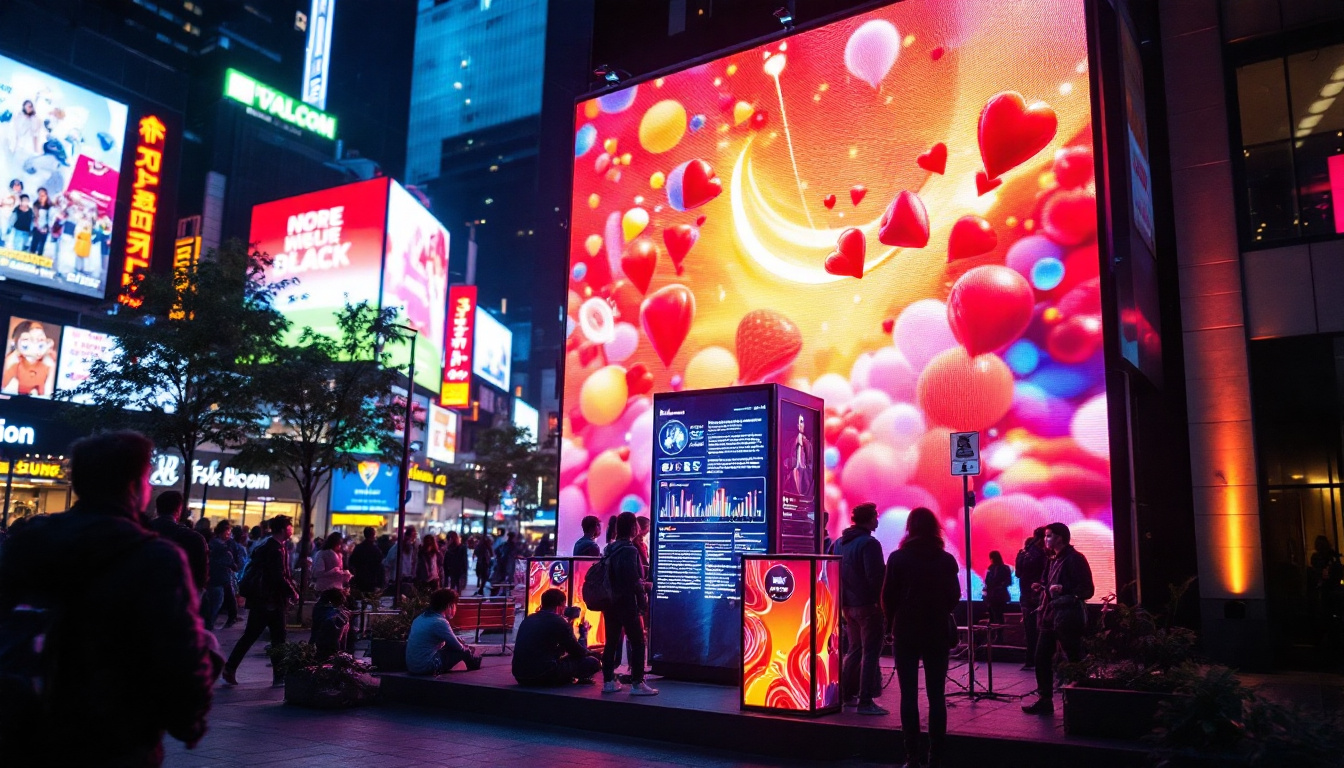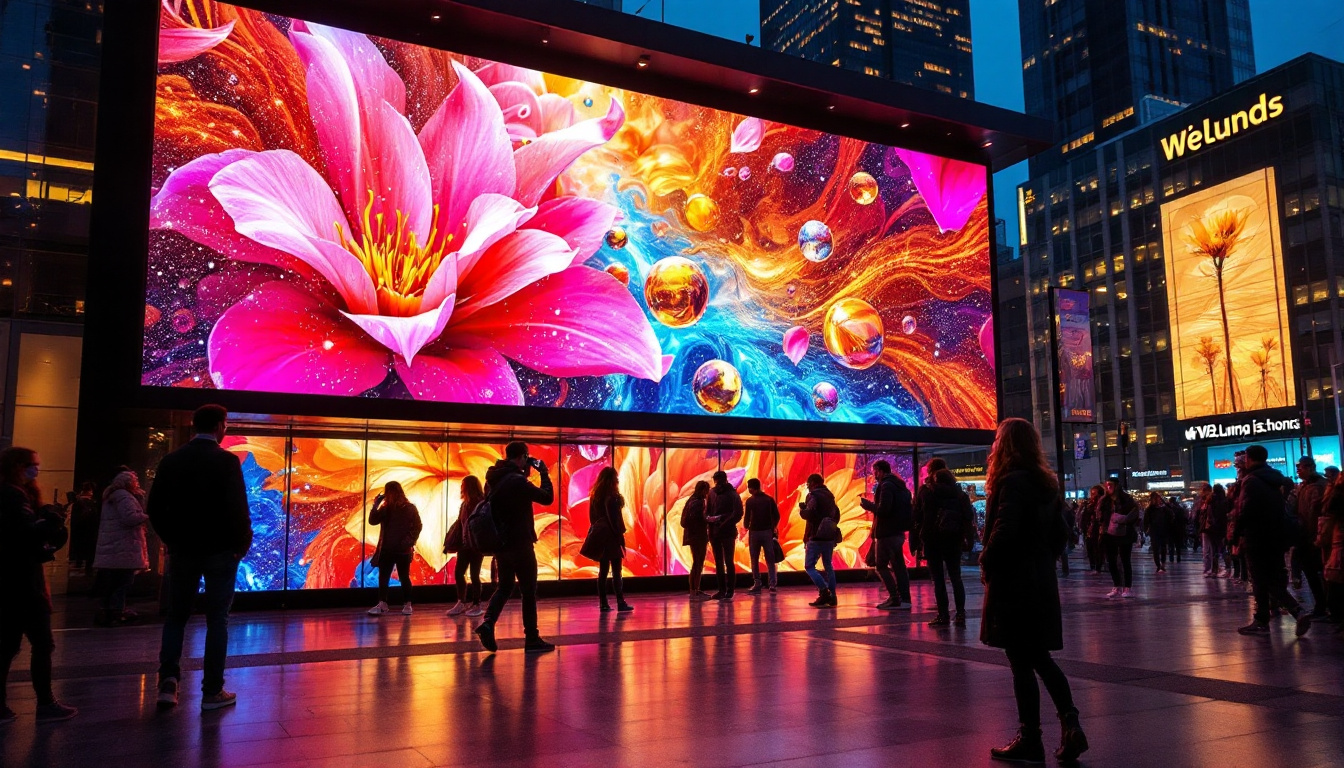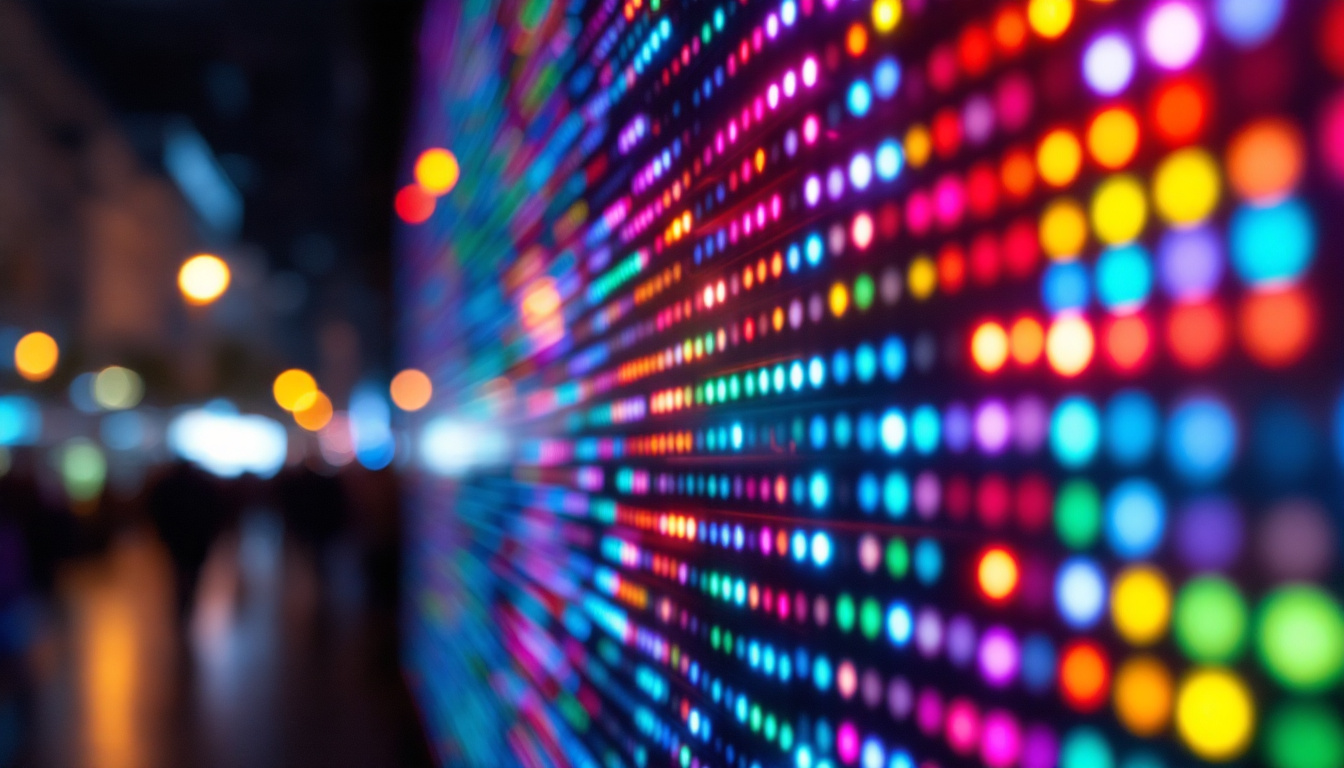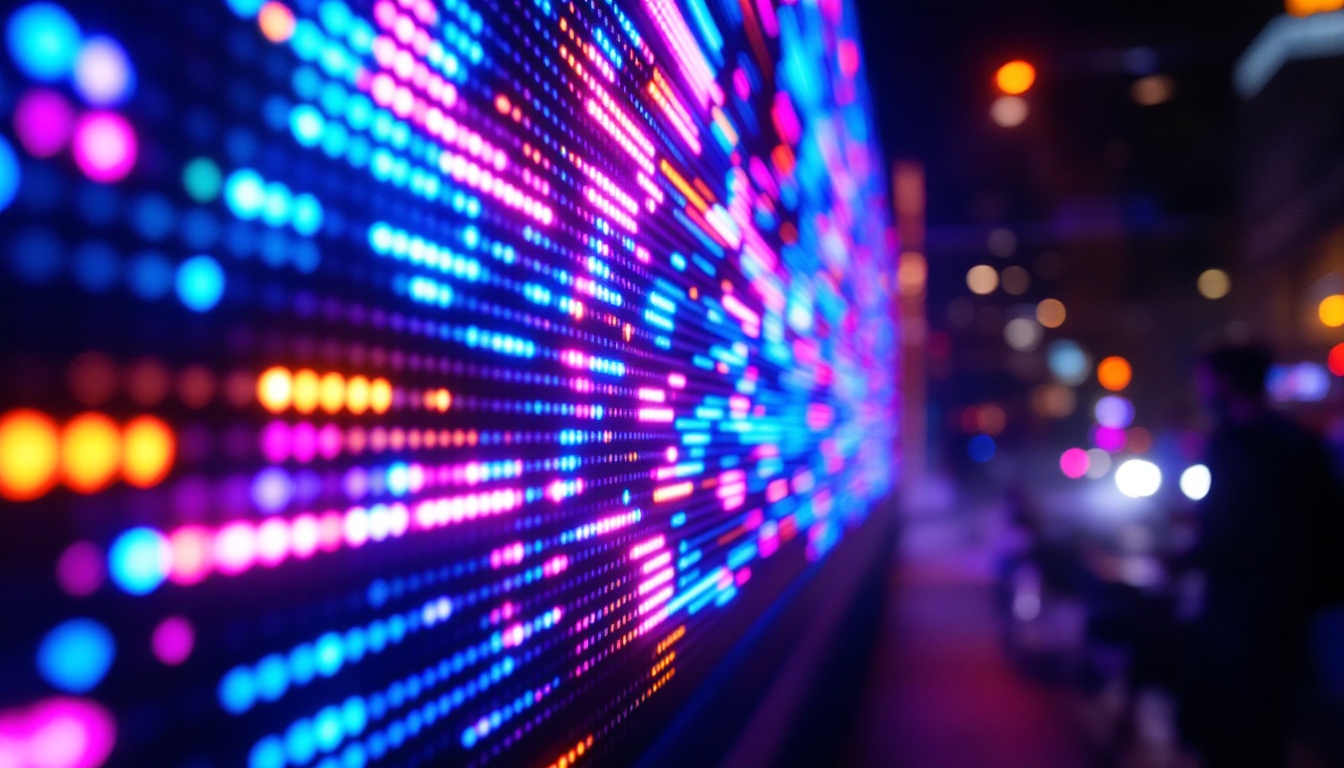In the modern world of technology, interactive panels equipped with LED displays have become a staple in various environments, from classrooms to corporate boardrooms. These dynamic tools not only enhance presentations but also facilitate engaging interactions among users. This article delves into the intricacies of LED displays in interactive panels, exploring their functionality, advantages, and applications.
Understanding LED Technology
What is LED Technology?
Light Emitting Diode (LED) technology is a form of solid-state lighting that utilizes semiconductor materials to emit light when an electric current passes through them. Unlike traditional incandescent bulbs, LEDs are energy-efficient and have a longer lifespan, making them an ideal choice for various applications, including displays.
LEDs can produce a wide spectrum of colors and are often used in combination to create vibrant visuals. This capability makes them particularly suitable for interactive panels, where clarity and color accuracy are paramount. The technology has evolved significantly, leading to the development of various types of LED displays, including OLED and Mini-LED, each with unique characteristics and advantages.
How LED Displays Work
LED displays function by arranging numerous tiny LEDs into a matrix or grid. Each pixel is made up of red, green, and blue (RGB) LEDs, which can be adjusted in brightness to create different colors. When these pixels are illuminated in various combinations, they produce images and videos that can be viewed from different angles.
The control of these LEDs is achieved through advanced electronic circuits and software, allowing for real-time updates and interactions. This responsiveness is what sets interactive LED panels apart from traditional displays, enabling users to engage with the content actively.
Features of Interactive LED Panels
Touch Sensitivity
One of the standout features of interactive LED panels is their touch sensitivity. These panels are equipped with touch technology that allows users to interact directly with the display. This can be achieved through various methods, including capacitive touch, infrared touch, or resistive touch.
Touch sensitivity transforms the way information is presented and consumed. Instead of passively viewing content, users can manipulate it, whether by tapping, swiping, or dragging. This interactivity fosters a more engaging learning and collaboration environment, making it especially beneficial in educational settings and corporate meetings.
High Resolution and Clarity
Interactive LED panels boast high resolution, ensuring that images and text appear crisp and clear. The pixel density in these displays allows for detailed visuals, which is essential for presentations that require precision, such as architectural designs or intricate graphics.
Moreover, the brightness of LED displays is another crucial factor. These panels can produce bright images even in well-lit environments, making them suitable for various settings. Whether in a brightly lit classroom or a sunlit conference room, LED panels maintain visibility without straining the eyes.
Connectivity Options
Modern interactive LED panels come equipped with a range of connectivity options, allowing them to integrate seamlessly with various devices. Common connectivity features include HDMI, USB, Wi-Fi, and Bluetooth. This versatility enables users to connect laptops, tablets, and smartphones effortlessly.
Additionally, many interactive panels support wireless screen sharing, which enhances collaboration during meetings or classes. Participants can share their screens without the need for cumbersome cables, fostering a more fluid and dynamic interaction.
Advantages of Interactive LED Displays
Enhanced Engagement
One of the most significant advantages of interactive LED displays is their ability to enhance engagement. In educational settings, for instance, teachers can use these panels to create interactive lessons that captivate students’ attention. By incorporating quizzes, videos, and interactive activities, educators can foster a more immersive learning experience.
In corporate environments, interactive panels can facilitate brainstorming sessions and collaborative discussions. Participants can contribute ideas directly on the screen, making meetings more productive and inclusive. This level of engagement is often lacking in traditional presentation methods.
Improved Collaboration
Collaboration is at the heart of many successful projects, and interactive LED panels play a crucial role in facilitating teamwork. These displays allow multiple users to interact simultaneously, whether through touch or connected devices. This feature is particularly beneficial in workshops and group settings, where ideas can be shared and developed in real-time.
Furthermore, the ability to save and share content directly from the panel enhances collaboration. Users can capture notes, diagrams, and presentations, ensuring that everyone is on the same page. This functionality streamlines workflows and improves overall productivity.
Cost-Effectiveness
While the initial investment in interactive LED panels may seem significant, the long-term benefits often outweigh the costs. These displays are energy-efficient, reducing electricity bills compared to traditional display technologies. Additionally, their durability and low maintenance requirements contribute to cost savings over time.
Moreover, the versatility of interactive LED panels means they can serve multiple purposes, from displaying presentations to facilitating video conferencing. This multifunctionality reduces the need for additional equipment, further enhancing cost-effectiveness.
Applications of Interactive LED Displays
Education
In the education sector, interactive LED panels have revolutionized teaching methods. Educators can present lessons in a visually engaging manner, incorporating multimedia elements that cater to various learning styles. Interactive lessons encourage student participation, leading to improved retention of information.
Moreover, these panels facilitate remote learning. With the ability to connect to the internet, teachers can share resources and conduct virtual classes seamlessly. This adaptability is particularly valuable in today’s educational landscape, where hybrid learning models are becoming increasingly common.
Corporate Settings
Interactive LED displays are equally valuable in corporate settings. They serve as powerful tools for presentations, enabling presenters to engage their audience effectively. The ability to annotate and highlight information in real-time enhances communication and ensures that key points are conveyed clearly.
Additionally, these displays are ideal for training sessions and workshops. Participants can interact with the content, making learning more effective. The collaborative features of interactive LED panels also support team-building exercises, fostering a sense of unity among team members.
Public Spaces
Public spaces, such as airports, shopping malls, and museums, have also embraced interactive LED displays. These panels can provide information, directions, and advertisements in an engaging format. For instance, interactive kiosks in shopping malls allow customers to explore store directories and promotions, enhancing their shopping experience.
In museums, interactive displays can offer visitors a deeper understanding of exhibits through multimedia presentations. This interactivity not only educates but also entertains, making visits more memorable.
Challenges and Considerations
Initial Investment
Despite their numerous advantages, the initial investment in interactive LED panels can be a barrier for some organizations. High-quality displays with advanced features often come with a significant price tag. However, it is essential to consider the long-term benefits and cost savings associated with their use.
Organizations should conduct a thorough cost-benefit analysis to determine the potential return on investment. By evaluating how these panels can enhance productivity and engagement, decision-makers can make informed choices about their purchases.
Technical Expertise
Another challenge associated with interactive LED displays is the need for technical expertise. While these panels are designed to be user-friendly, some users may require training to maximize their potential. Organizations should provide adequate training and support to ensure that staff can utilize the technology effectively.
Furthermore, ongoing maintenance and updates may be necessary to keep the displays functioning optimally. Organizations should factor in these considerations when implementing interactive LED panels.
Content Management
Effective content management is crucial for maximizing the benefits of interactive LED displays. Organizations must ensure that the content presented is relevant, engaging, and regularly updated. This requires a dedicated effort to curate and create materials that resonate with the audience.
Moreover, organizations should consider the accessibility of content. Ensuring that materials are inclusive and cater to diverse audiences is essential for fostering engagement and participation.
The Future of Interactive LED Displays
Technological Advancements
The future of interactive LED displays looks promising, with ongoing technological advancements set to enhance their capabilities. Innovations in display technology, such as improved resolution and color accuracy, will continue to elevate the user experience.
Moreover, the integration of artificial intelligence (AI) and machine learning may enable interactive panels to offer personalized experiences. For instance, AI could analyze user interactions and adapt content accordingly, making presentations more relevant and engaging.
Expanding Applications
As technology evolves, the applications of interactive LED displays are likely to expand further. Industries such as healthcare, retail, and entertainment are beginning to explore the potential of these displays to enhance customer experiences and streamline operations.
In healthcare, for example, interactive displays could be used for patient education, allowing medical professionals to explain complex information in an accessible manner. In retail, these panels could facilitate interactive shopping experiences, allowing customers to explore products in-depth.
Environmental Considerations
As sustainability becomes an increasingly important consideration for organizations, interactive LED displays offer an eco-friendly alternative to traditional display technologies. Their energy efficiency and longevity contribute to reduced environmental impact.
Moreover, as manufacturers focus on sustainable practices, future interactive LED displays may incorporate recyclable materials and environmentally friendly production processes. This shift will align with the growing demand for sustainable solutions across industries.
Conclusion
Interactive LED displays have transformed the way information is presented and consumed across various sectors. Their touch-sensitive technology, high resolution, and connectivity options make them invaluable tools for enhancing engagement and collaboration. While challenges such as initial investment and technical expertise exist, the long-term benefits often outweigh these concerns.
As technology continues to advance, the future of interactive LED displays looks bright. With expanding applications and a focus on sustainability, these displays are poised to play a significant role in shaping the way we communicate and interact in the years to come. Embracing this technology can lead to improved experiences, whether in education, corporate settings, or public spaces, ultimately fostering a more connected and engaged society.
Discover LumenMatrix LED Display Solutions
Ready to elevate your interactive experiences with the latest in LED display technology? LumenMatrix is at the forefront of innovation, offering a diverse range of LED display solutions tailored to meet your needs. From captivating Indoor LED Wall Displays to dynamic Outdoor LED Wall Displays, and from versatile Vehicle LED Displays to engaging LED Sports Displays, our products are designed to revolutionize visual communication. Explore our solutions, including the All-in-One LED Display and LED Transparent Display, and see how we can help you enhance engagement and convey your message with unparalleled impact. Check out LumenMatrix LED Display Solutions today and step into the future of interactive LED displays.

